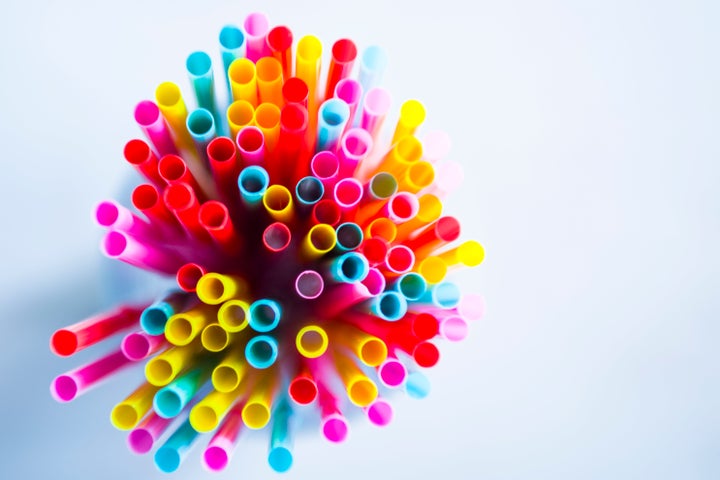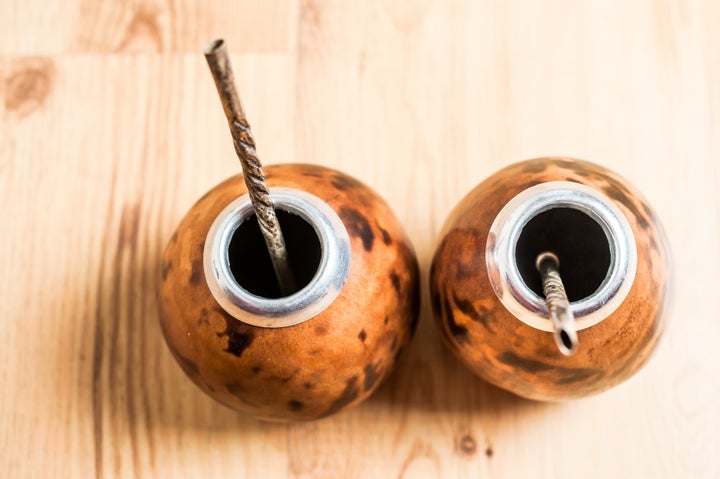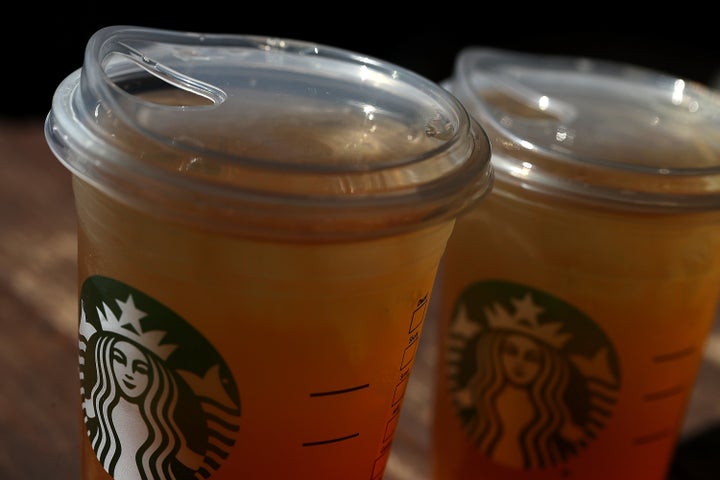
One of the biggest food trends of 2018 isn’t even something you can eat. After a video went viral of a turtle getting maimed in the face by a plastic straw and campaigns featuring celebrities have encouraged reducing plastic straw use, Americans have been leading a battle against plastic straws, complete with trending hashtags (#stopsucking, #refusethestraw, #skipthestraw, #strawban, the list goes on…) and legislation to ban or limit plastic straws.
Though the number of plastic straws Americans use every day is an unverified statistic, one 9-year-old boy famously estimated the number to be 500 million. No matter the exact number, plastic straws are no doubt contributing to the billions of pounds of plastics being dumped into oceans today, and Americans’ regular use of plastic straws has become ingrained in our daily lives, particularly with the rise of fast-food culture and our changing eating habits.
The backlash against straws gathered momentum in the U.S. at the beginning of the summer when corporations such as Ikea and Alaska Airlines began eliminating plastic straws. Then, Seattle became the first major city in the nation to ban plastic straws and Starbucks became one of the largest proponents, vowing to replace plastic straws by 2020.
As a relatively cheap, single-use disposable product, straws are viewed as the “gateway plastic,” blamed for being the plastic item that can lead to the use of other disposable plastics. But what if this whole debate over straws can actually be a gateway to a more nuanced conversation about American eating behaviors and our changing culture?
As Dune Ives, a leader of the straw ban movement in Seattle, told Vox, “Our straw campaign is not really about straws ... it’s about ... putting up a mirror to hold us accountable.” As we are encouraged to #stopsucking, the case against straws can get us to start thinking on a larger scale, not only about our environmental practices but our eating habits as well.
Why We Suck In The First Place
If we look at why straws were invented, we find that straws were not created for convenience but for ceremonial purposes. The first straws were created to enjoy beverages such as mate and were made of precious, non-disposable materials, including gold and lapis. Straws were not necessarily meant for drinking quickly ― they were used more as an accouterment.
Americans became familiar with straws in the early 20th century. The flexible, bendy straw was invented after Joseph Friedman watched his daughter struggle with a thick milkshake at a drugstore counter. For Friedman, it wasn’t about grabbing a quick milkshake but creating a more enjoyable culinary experience for his daughter. Friedman didn’t initially sell these straws to restaurants but to hospitals after “nurses realized that bendy straws could help bed-ridden patients drink while lying down.” While these first flexible straws were made of paper, straws soon became ubiquitous, thanks to the burgeoning plastics industry.
When straws became commercialized in the 1950s, it was at the height of plastic use and production, and the plastics industry lobby obviously had a vested interest. The lobby, which “opposes plastic bans and regulations, likes to stress sanitation as an important element,” and it marketed straws as cleaner than drinking from the rim of a glass or cup. Cleanliness, coupled with the convenience and the ability to drink quickly on the move, have turned straws into a part of daily life.

And in the United States, American eating culture has certainly changed since the 1950s. Straws and to-go cups have become commonplace (shoutout to the Olsen twins’ Starbucks obsession in the late aughts), as has snacking and eating in public. In recent years, snacking has evolved from mostly nutritionally void treats to an essential part of our daily diet. From energy bar meal replacements to the classic bag of pretzels, the American snack industry is growing quickly.
David Walsh, the vice president of SNAC International, a trade association of the snack food industry, told the website Food Dive that “a snack is function-specific, rather than product-specific,” as “consumers are eating fewer sit-down meals and replacing them with snacks ... over the past several years.” Snacks, inherently, must be packaged, commonly in single-use and disposable materials, to stay safe and intact to eat wherever and whenever our hearts desire. And, as such, snacking and eating habits are having a direct effect on not only our health but also our planet.
The culture of “busyness” that is now a part of American life has also given way to the fast-casual restaurant, which often includes a steady stream of takeout packaging. They offer a fast-food approach by serving food in takeout packaging, whether the customer is dining in or not. This creates an environmental packaging nightmare for the sake of convenience and quick service.
Outside of the U.S., neither fast nor casual typically factors into eating, and eating in public or snacking is often considered bad form. In France, for example, snacking is uncommon. Emilie Johnson, an American mother in France who has written about her experience, notes that eating culture between the two countries is vastly different. After living in the city of Paris and the rural areas of Provence, she told HuffPost that in France, “food is not a casual event. Even a snack for children is formalized. There is the proper time to set up the meal, to sit together and to partake. Ritual is a form of respect to the food itself.”
When food becomes ritual, it is uncommon to see people packing straws to continue consumption on the move. As Johnson puts it, “The French are horrified to see anyone eating on a train or in the streets. I remember even at work in New York, my French friends and my husband couldn’t believe that people would eat lunch at their desks.” And these traditions can instill a culture of sustainability, where straws are hard to find or simply unavailable.
“If there are juices at the market, they are in glass bottles, squeezed at the farm,” Johnson said. “Children in France don’t drink juice boxes frequently. I know they exist at the grocery store, but we’ve never bought them, and I’ve never had an outing with another family where the children are drinking from a juice box. At the school ‘cantine,’ my girls drink water from a glass. Nothing else. Never chocolate milk or juice with a straw.”
France is not the only country that still considers eating to be a ritual meant to be savored. In Japan, eating in public has always been a big no-no. When visiting a few years ago, I was told it was rude and impolite to be seen eating outside of a restaurant or on public transportation. Food purchased from vendors was taken to a table or indoors to be savored. Drinks were bottled or canned without any option for a straw, and small glasses are provided when you purchase a beverage.

And, in perhaps the most extreme case of cultural preservation, the Italian city of Florence has recently passed a law that would fine a person for eating in crowded city streets. While this law is aimed at clearing traffic and congested public roads, it is also seen as “a way to curb anti-social behavior” or undesirable habits brought in by tourists and others who are accustomed to loitering and eating in public.
These contrasts in eating habits, and the subsequent efforts to preserve traditions, show that sitting down to eat isn’t simply about manners but also the ritual of dining. To consciously eat and enjoy is a large part of dining and the creation of a larger food culture. What does it say about American identity that we protest “gateway plastics” while eating foil-wrapped burritos and poking stainless steel straws into disposable, single-use coffee cups?
Will We Ever Stop Sucking?
Snacking and now straws have become an integral part of American identity at this point. The way we eat is inherently linked to our identities and, apparently, the ways we suck.
As long as food culture revolves around snacking, constantly working or “doing” something, our identities are deftly intertwined with to-go food packaging. This means that ditching the plastic straw we are all so accustomed to is certainly more complicated than just a ban. It would take examining our identities as Americans.